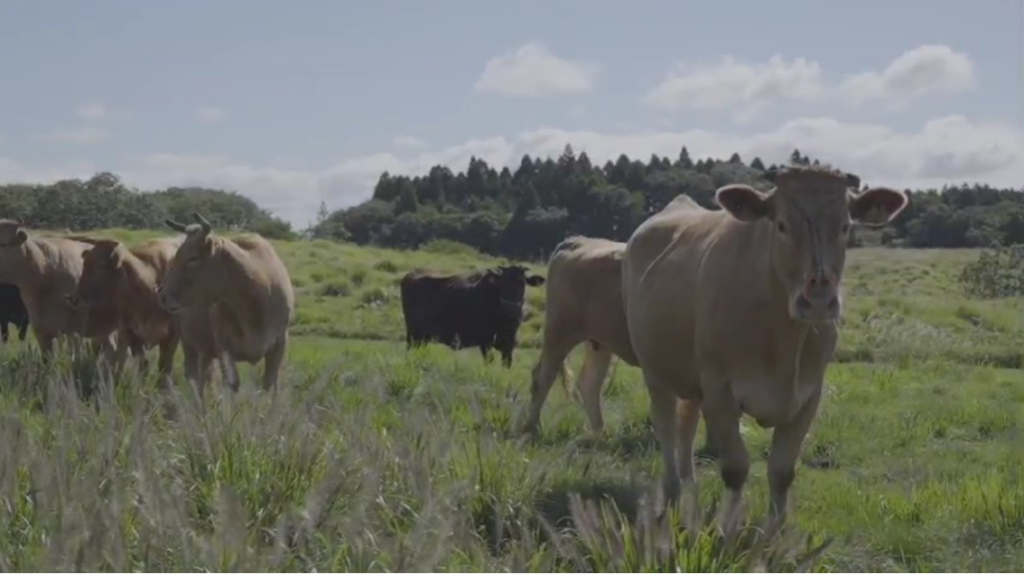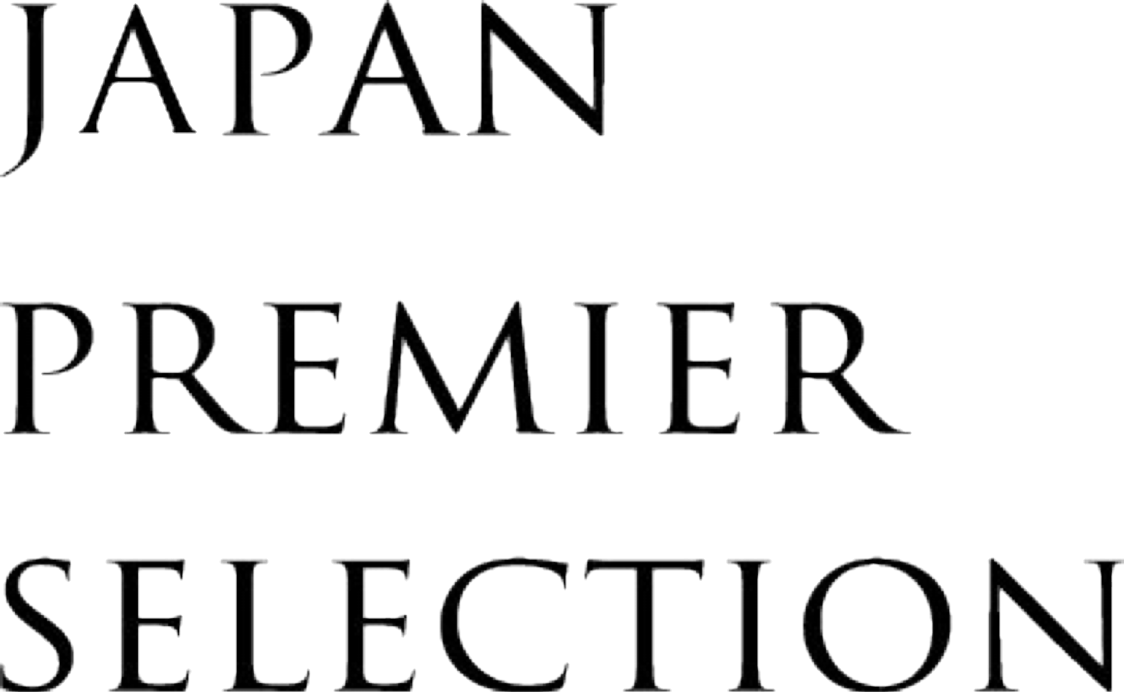Farm managers practicing sustainable livestock farming within the natural ecosystem.

First of all, the practices in Aso and Hokkaido differ. In Aso, we primarily focus on sustainable livestock farming of Wagyu beef. This time, we are introducing a special town in Hokkaido that serves as a demonstration site. For instance, we conduct crossbreeding not only with Wagyu but also with useful or non-native species. Additionally, we aim to incorporate all internal livestock breeds, including deer, sheep, and pigs, into a sustainable cycle.
The feed is produced on-site, where the livestock consume it, produce manure, which then becomes fertilizer, and helps grow more feed, creating a self-sustaining cycle within the premises. We are currently preparing accommodation facilities on-site so that visitors can stay, experience this sustainable system firsthand, and ultimately enjoy meals featuring the meat produced here.

In reality, establishing a sustainable natural ecosystem for food production is a long-term process that may take around a hundred years to perfect. I often say with pride that we will open in a hundred years, but the president of the Slow Food Association in Italy tells me that a hundred years is too soon. Ideally, it should take 300 years. In Europe, sustainable agriculture is approached with such a long-term perspective, and we are challenging ourselves to meet that standard.
